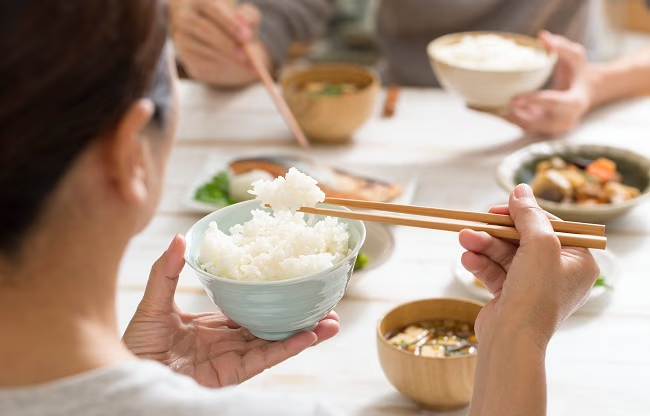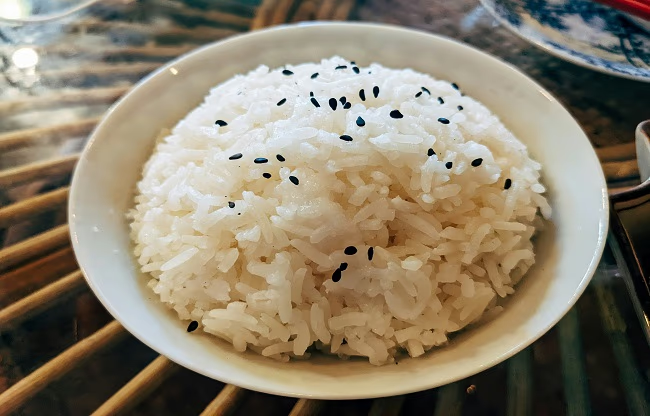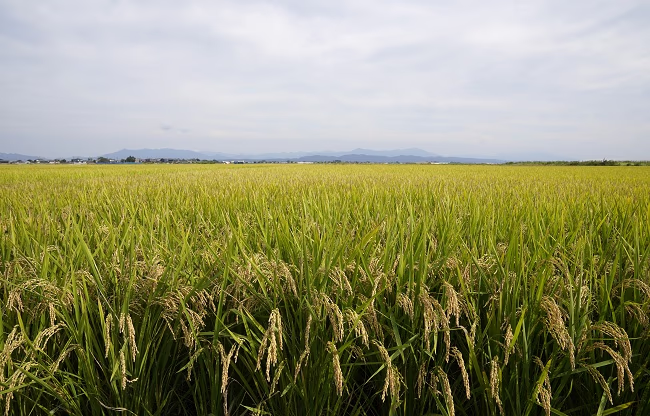Journey to any part of Japan at any time of day, and you'll encounter rice-based dishes. From plain rice to sushi, and even tea to sake, rice plays a central role. However, a significant rice shortage has emerged. In March, the government held two auctions for its rice reserves.
What's causing this shortage, and will Japan, known for finding solutions, discover an alternative for rice?
Factors like global warming, typhoons, and earthquakes have impacted rice, Japan's staple food. According to CNN and government records, rice prices in Tokyo surged by nearly 55% over two years. With the situation turning dire, the government tapped into its long-standing reserves.
In February, a government announcement stated that over 200,000 tons of rice would soon be auctioned. This constitutes about a fifth of Japan's total reserves, which have been accumulated since 1995. That year marked extremely cold summers leading to decreased rice production and necessitated grain imports for the self-reliant nation.
Japan's affection for rice runs deep, with a preference for local over imported grains. The roots of this love stretch back to around 300 BC during the Yayoi period when people from the Korean Peninsula planted rice. Prior to this, Japan's diet consisted mostly of wild fruits, meats, and fish. Rice introduced consistency in food choices.

Source: aajtak
Soon, the rice goddess Inari was venerated. During festivals, emperors would visit fields to emphasize rice's significance to common people. It even served as currency; during barter times, rice could be exchanged for gold. In the 17th century, soldiers received rice as wages.
Over time, varied rice types were cultivated. Some are sticky and aromatic, while others remain fluffy, each suited for different dishes. So particular are the Japanese about rice that many travel with it or seek specialty stores abroad for the preferred grain.
To support local farmers, Japan imports minimal amounts of rice, maintaining a distinct supply chain. Heavy subsidies ensure domestic farmers benefit. Farmers sell their produce to agents, who supply wholesalers. Retailers and restaurants then purchase directly from them.
Despite rice being interwoven with Japan's culture, it faces challenges. The term 'kome banare' describes this distancing from rice. Japanese households now favor Western meals, opting for bread and eggs over traditional rice dishes with fish.

Source: aajtak
A survey by Makino, a rice distribution company, revealed that 85% of respondents eat rice daily, yet 61% restrict rice consumption to a single meal.
Why is the Love for Rice Declining?
One reason is the increased international travel by Japanese citizens. Easy trip access means banning food travel as airlines often restrict items like grains. Consequently, chances to transport or prepare rice like at home diminish, linking Japanese travelers to international cuisines. The younger generation views bread as a staple instead.
Japanese cuisine preparation is time-intensive. Cooking rice involves careful washing, boiling, and dish preparation. Within ultra-nuclear families, there's less time for such efforts. Japan's aging population also means less production demand, naturally decreasing rice needs.

Source: aajtak
Campaigns aim to rejuvenate rice consumption in Japan. Distinction from rice began surfacing in the 1990s. This led to campaigns like 'I Love Rice,' reminding citizens of native culture. Many continental dishes were adapted to use Japanese rice as part of this movement.
Maintaining the rice connection, farmers and scientists work tirelessly. A few years ago, no-wash rice became popular. This allows consumers to bypass rice-rinsing, a time-consuming traditional process. Now, musenmai, or no-wash rice, is available in the market.
Despite some distancing from rice, Japan still encounters shortages, forcing the government to open its reserves. This rice auction signifies a remarkable move. Established in the 1990s, Japan's rice reserves have opened only in sensitive situations like the 2011 tsunami or 2016 earthquake. For the first time, the government has taken a step to address a rice shortage directly.




